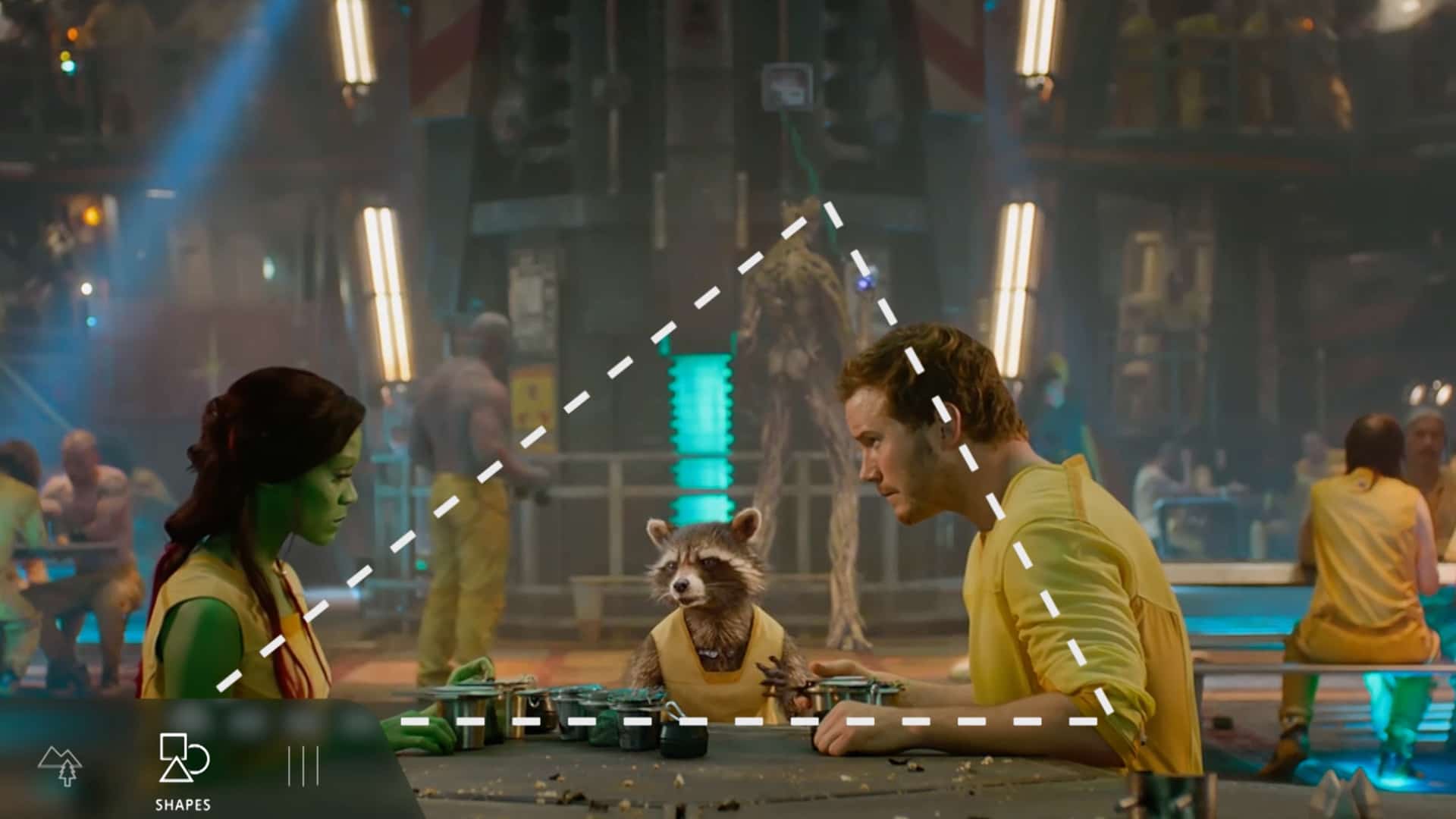Beyond the Blockbuster: Exploring Indie Filmmaking and Authentic Storytelling

Beyond the Blockbuster: Exploring Indie Filmmaking and Authentic Storytelling
The cinematic landscape, once dominated by the monolithic presence of studio blockbusters, is blossoming with a vibrant counter-culture: independent filmmaking. This isn’t just a niche hobby; it’s a powerful movement reshaping how we tell stories, challenging conventions, and offering a refreshing alternative to the often formulaic nature of mainstream cinema. This exploration delves into the heart of indie filmmaking, uncovering its unique strengths, its inherent challenges, and its profound impact on the art of cinematic storytelling.
The Soul of Indie: Authentic Voices and Unconventional Narratives
Indie films often thrive on authenticity. Freed from the constraints of studio executives and market research, filmmakers can explore themes and perspectives that might be deemed too risky or niche for mainstream production. This freedom fosters a unique intimacy, allowing for more nuanced characters, complex plots, and a raw honesty rarely seen in big-budget productions. The focus shifts from sheer spectacle to genuine emotional resonance, forging a deeper connection between the film and its audience. This is achieved not through explosions and CGI, but through character development, evocative cinematography, and a willingness to embrace imperfection.
Breaking the Mold: Creative Freedom and Artistic Expression
Indie filmmaking is a breeding ground for innovation. Unburdened by the need to conform to established genres or predictable narratives, filmmakers push creative boundaries, experimenting with form, style, and storytelling techniques. This results in a diverse array of cinematic experiences, ranging from experimental documentaries to surrealist dramas, all united by a common thread: a bold commitment to artistic vision. The limitations of budget often necessitate creativity, forcing filmmakers to find innovative solutions and rely on ingenuity rather than sheer financial power.
The Challenges of the Independent Path: A Balancing Act
The journey of an indie filmmaker is far from easy. Securing funding is a constant struggle, often involving bootstrapping, crowdfunding campaigns, and navigating the complex world of film grants. The production process itself demands immense dedication and resourcefulness, requiring filmmakers to wear multiple hats – from director and writer to producer and editor. Distribution can also pose significant hurdles, as indie films often face limited theatrical releases and rely on film festivals and online platforms to reach a wider audience.
| Challenge | Solution |
|---|---|
| Funding | Crowdfunding, grants, personal investment |
| Crew & Resources | Collaborative spirit, resourceful solutions |
| Distribution | Film festivals, online platforms, limited release |
| Marketing | Social media, grassroots campaigns, PR |
The Rise of Digital Distribution: Democratizing Cinema
The advent of digital platforms has revolutionized indie film distribution, offering filmmakers unprecedented access to global audiences. Streaming services, online film festivals, and video-on-demand platforms have lowered the barriers to entry, allowing even the most obscure films to find their niche audience. This democratization of cinema has empowered independent filmmakers, enabling them to bypass traditional gatekeepers and directly connect with viewers.
Beyond Profit: Impact and Legacy
The success of an indie film isn’t always measured in box office numbers. Many indie filmmakers are driven by a passion for storytelling, a desire to explore important social and political issues, or a simple urge to express their unique vision. Their films often leave a lasting impact, sparking conversations, challenging perspectives, and inspiring future generations of filmmakers. The legacy of indie cinema lies not just in the films themselves, but in the spirit of independent creation and the enduring power of authentic storytelling.
The Future of Independent Filmmaking:
The future looks bright for indie filmmaking. As technology continues to advance and the demand for diverse and authentic storytelling grows, the role of independent cinema is only set to expand. The ability to connect directly with audiences through online platforms, the increasing accessibility of filmmaking tools, and a growing appreciation for unique voices are all contributing to a thriving ecosystem of independent creators. The future of cinema is not just about big budgets and blockbuster effects, but about the heart and soul of independent stories waiting to be told.

Additional Information
Beyond the Blockbuster: A Deeper Dive into Indie Filmmaking and Authentic Storytelling
The allure of independent filmmaking lies not in its pursuit of blockbuster budgets, but in its capacity for authentic storytelling. While the term “indie film” itself lacks precise definition, encompassing a wide spectrum of production scales and styles, its core characteristic remains a focus on creative freedom and narrative originality often absent in mainstream productions. This deeper dive explores the multifaceted nature of indie filmmaking, analyzing its unique challenges, successes, and enduring impact on cinematic expression.
I. The Economics of Authenticity: Funding and Distribution:
Indie filmmaking operates within a vastly different economic landscape than studio productions. Securing funding is often a complex and arduous process, relying heavily on:
-
Independent Investors: Angel investors, private equity firms, and crowdfunding platforms like Kickstarter and Indiegogo play crucial roles. Success rates vary wildly depending on project viability and marketing effectiveness. Data from Kickstarter, for instance, reveals that while a significant portion of film projects meet their funding goals, a considerable number fall short, highlighting the inherent risk involved.
-
Grants and Subsidies: Governmental agencies and film foundations offer grants based on artistic merit and potential impact. These sources, while beneficial, are often highly competitive and require extensive application processes.
-
Self-Financing: Many filmmakers bootstrap their projects, utilizing personal savings or loans. This limits both the production scale and potential marketing reach.
Distribution presents another major hurdle. The dominance of streaming platforms and the shrinking number of independent theaters complicate the process of reaching audiences. While festivals like Sundance and Tribeca provide crucial exposure and potential distribution deals, securing wide theatrical releases or favorable streaming deals remains a significant challenge.
II. Creative Control and Artistic Vision:
The core value proposition of indie filmmaking lies in its ability to foster creative control. Unlike studio films, where creative decisions are often dictated by market research and profit maximization, indie filmmakers retain greater autonomy over their artistic vision. This allows for:
-
Exploration of Niche Genres and Themes: Indie films often explore unconventional genres, thematic concerns, and narrative structures that may be deemed too risky for mainstream studios. Examples include the mumblecore movement of the 2000s (characterized by low-budget, naturalistic dialogue and improvisation) or the rise of experimental animation.
-
Development of Unique Cinematic Styles: Independent filmmakers frequently experiment with innovative cinematography, editing techniques, and sound design, leading to distinct visual and auditory experiences.
-
Representation of Underrepresented Voices: Indie film has historically served as a platform for marginalized voices and perspectives, offering a counter-narrative to dominant Hollywood narratives. The rise of films centered around diverse casts and tackling social issues demonstrates this crucial role.
III. Case Study: A24’s Impact on the Indie Landscape:
A24, an independent film studio founded in 2012, provides a compelling case study of successful indie filmmaking. Its strategy of acquiring and distributing high-quality, critically acclaimed films with strong artistic merit (e.g., Moonlight, Lady Bird, Everything Everywhere All at Once) has redefined the landscape of independent cinema. Their success demonstrates the potential for profitability when artistic vision is prioritized and effective marketing strategies are employed. However, A24’s model is not easily replicable, requiring a significant level of financial backing and astute curatorial skill.
IV. The Future of Indie Filmmaking:
The future of indie filmmaking is intertwined with evolving technological advancements and changing audience consumption patterns. The rise of affordable digital filmmaking technology empowers a new generation of filmmakers, while streaming platforms offer both challenges and opportunities for distribution. However, the sustainability of independent cinema hinges on addressing issues like equitable funding, audience engagement, and navigating the complexities of the digital distribution landscape. The continued focus on authentic storytelling, coupled with strategic adaptation to evolving technologies, will be crucial for the survival and flourishing of this vital sector of the film industry.
This expanded analysis provides a deeper understanding of the complexities and nuances of indie filmmaking, moving beyond a simple overview to examine the economic realities, creative freedoms, and future prospects of this crucial segment of cinematic production. Further research could focus on specific subgenres within indie film, comparative studies of funding models, or the impact of specific film festivals on the industry.

